The Purdue Crop Chat is a regular podcast from Hoosier Ag Today and the Purdue University Extension Service, featuring Purdue Extension soybean specialist Dr. Shaun Casteel and Extension Corn Specialist Dr. Dan Quinn.
Dan Quinn

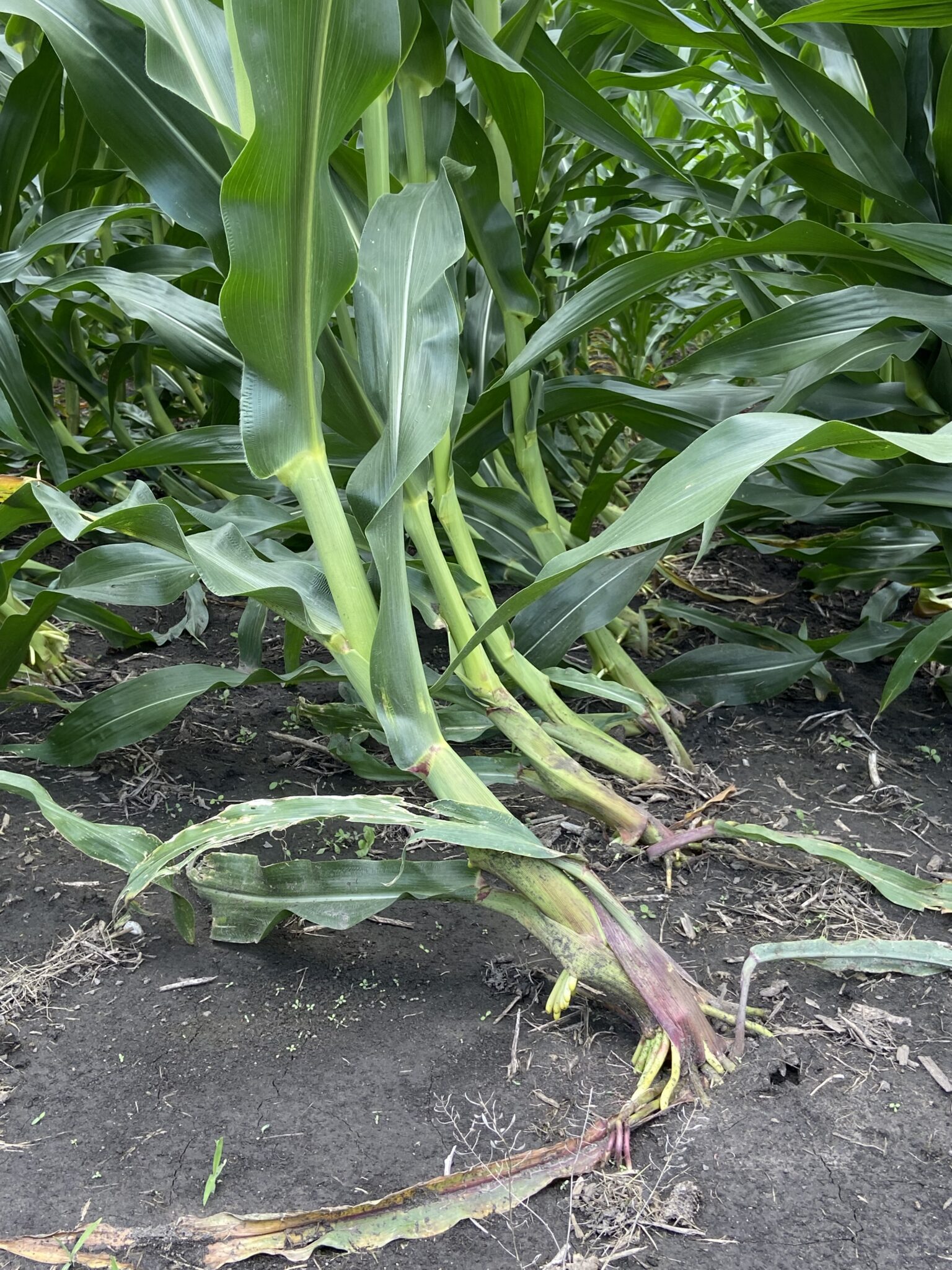
Recent storms and heavy rainfall brought on by the remnants of Hurricane Beryl have crossed parts of Indiana this week and brought excessive winds which has resulted in corn being “flattened” from lodging in certain areas of the state.
In the last week, much of Indiana has received the remnants of Hurricane Beryl, with various locations receiving rainfall totals of 3-4+ inches of rain.
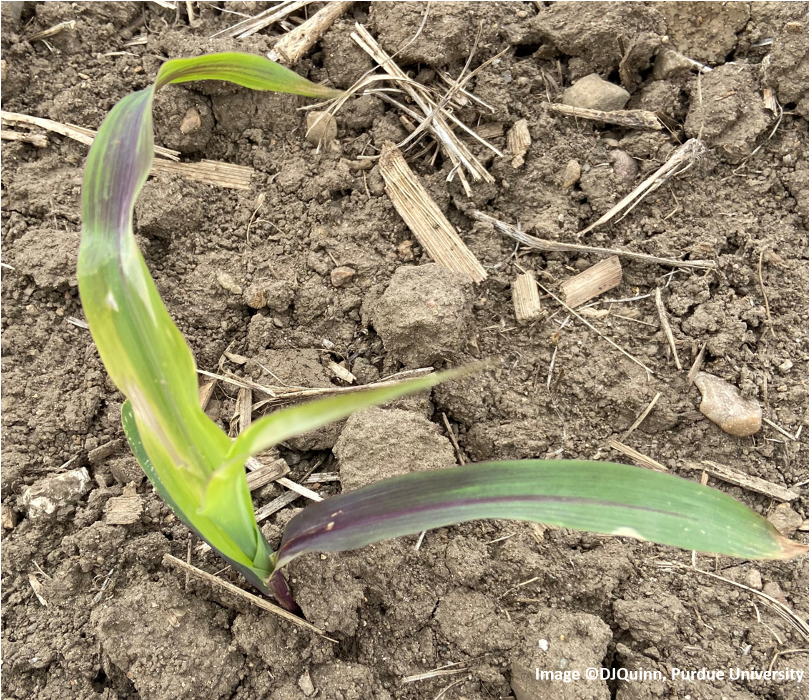
Purple Corn: purple corn symptoms (Image 1) are caused by the accumulation of a purple pigment in the corn leaves known as anthocyanin.
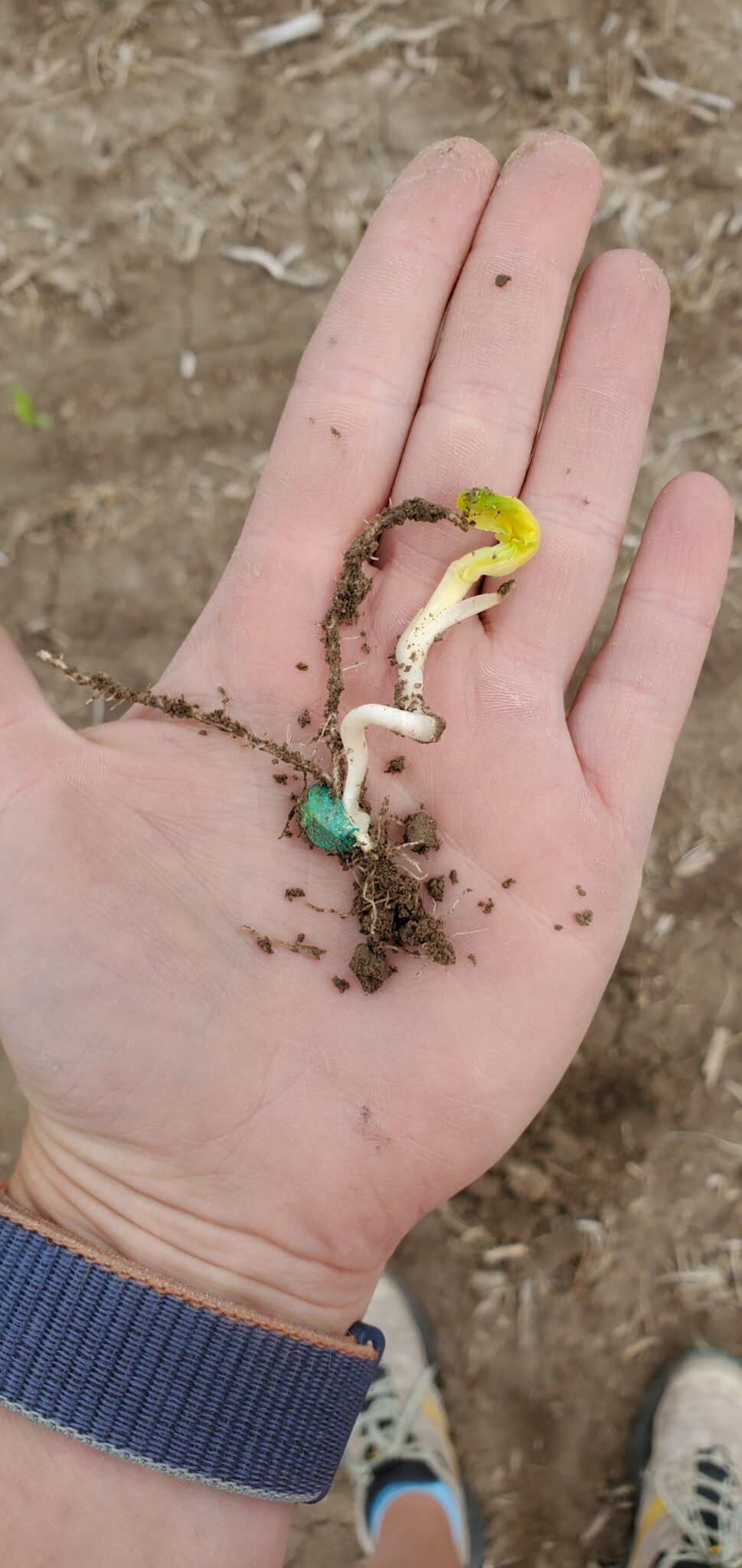
As planting season begins and corn plants begins to emerge, a very important step to take each spring is to assess the emergence of the corn plants and take note of any abnormalities, missing plants, or uneven emergence patterns.
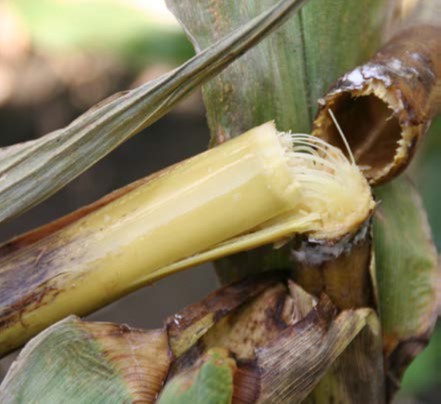
It is now time to evaluate fields for any stalk or ear rot symptoms. This will aid in making assessments about field harvest order and if there is a risk of mycotoxin contamination.
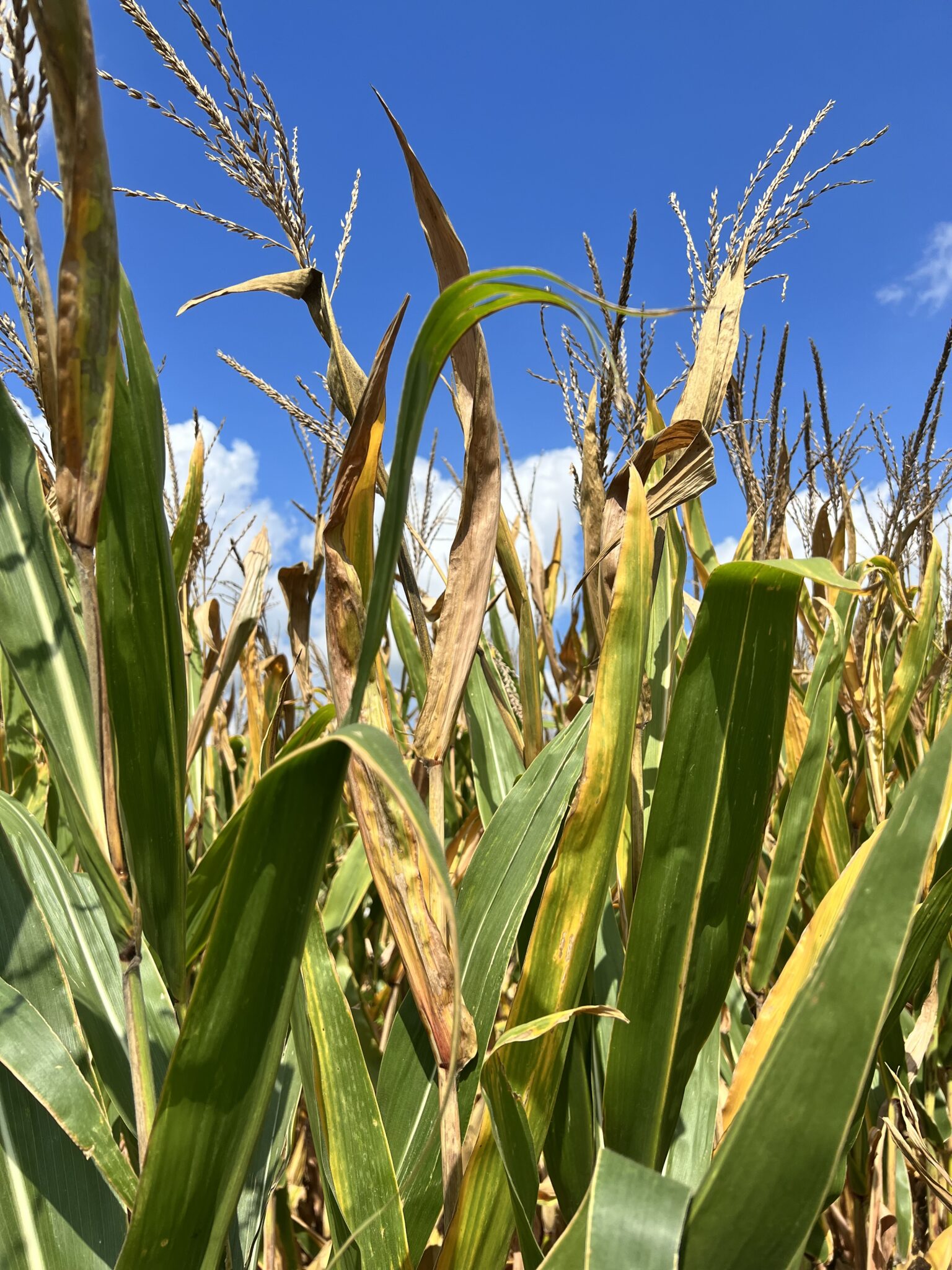
As corn plants progress through grain fill and approach maturity, plant leaves naturally begin to senesce or die.
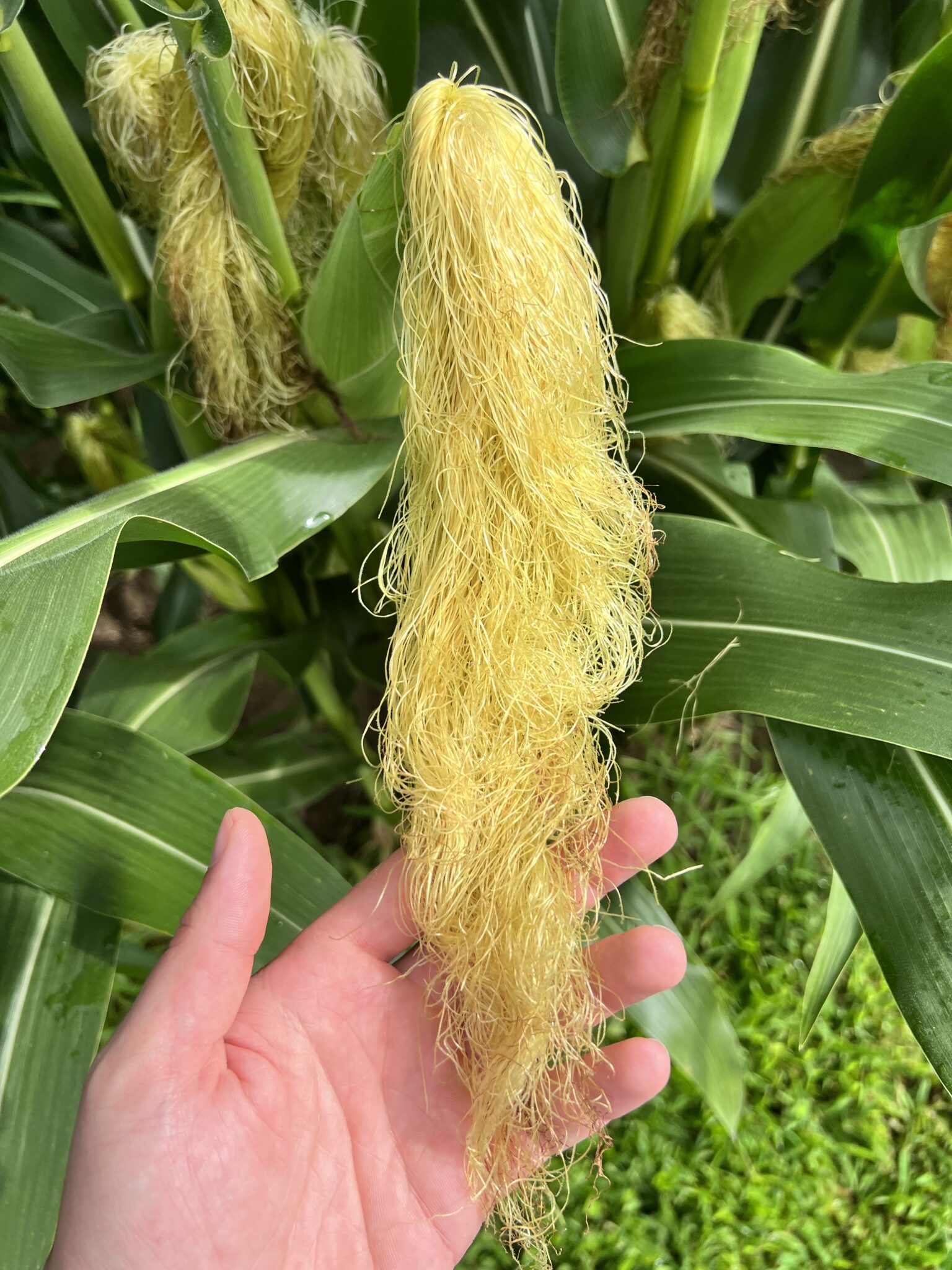
The process of pollination is one of the most critical periods for grain yield determination in corn and successful pollination is largely determined by the successful synchronization between silk elongation, tassel emergence, and pollen shed.
In recent years, Indiana has experienced an increase in air quality concerns during the summer due to elevated incidence and severity of wildfires in Canada and the western U.S.
Recent storms which crossed Indiana brought welcome rains to current dry conditions, yet were not without additional challenges, which includes hail damage.
© 2024 Purdue University | An equal access/equal opportunity university | Copyright Complaints | Maintained by Pest&Crop newsletter
If you have trouble accessing this page because of a disability, please contact Pest&Crop newsletter at luck@purdue.edu.


